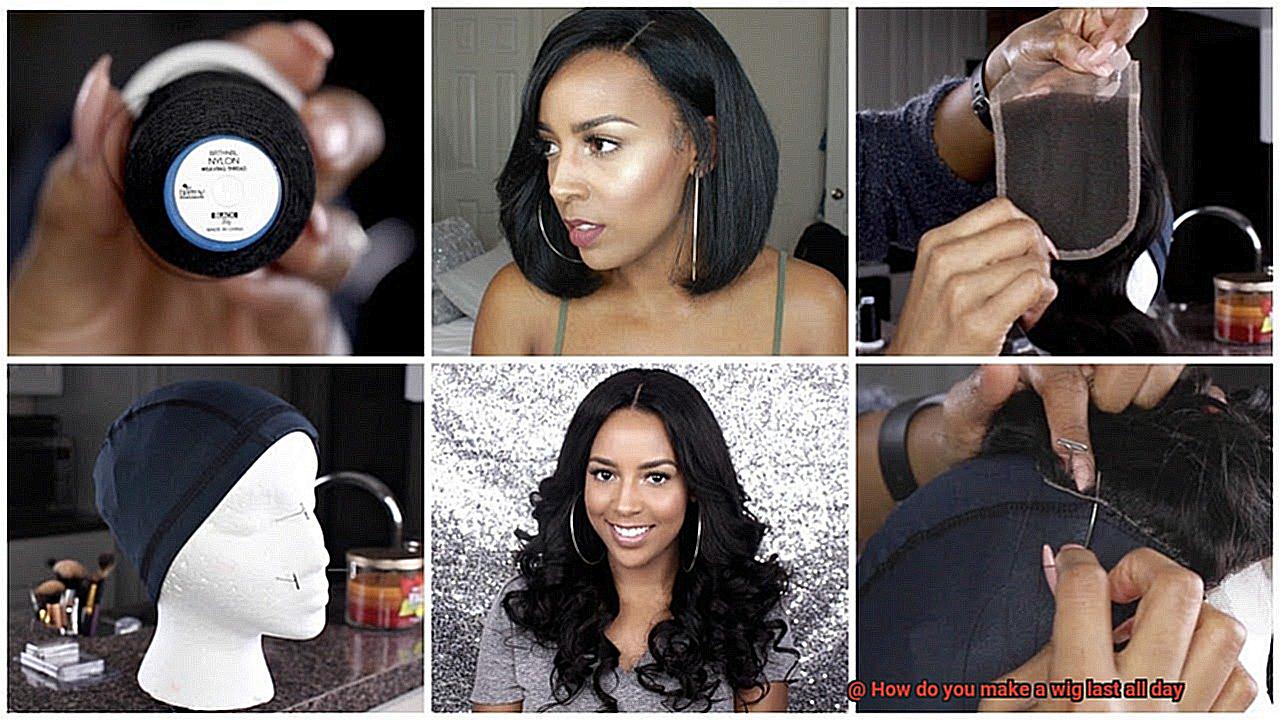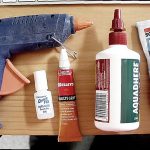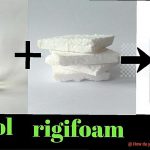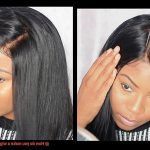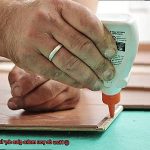Sick and tired of dealing with a wig that just won’t stay put? Don’t worry, because today we’re about to spill the beans on how to make that bad boy last all day long.
Whether you’re a wig-wearing pro or just dipping your toes into the fabulous world of wigs, we’ve got some killer tips and tricks up our sleeves to keep your hair game strong from morning ’til night. We’re diving headfirst into the realm of adhesives, styling hacks, and maintenance routines that will have you strutting your stuff with confidence.
So, grab your favorite wig, buckle up, and get ready to slay all day.
What is a Wig?
Contents
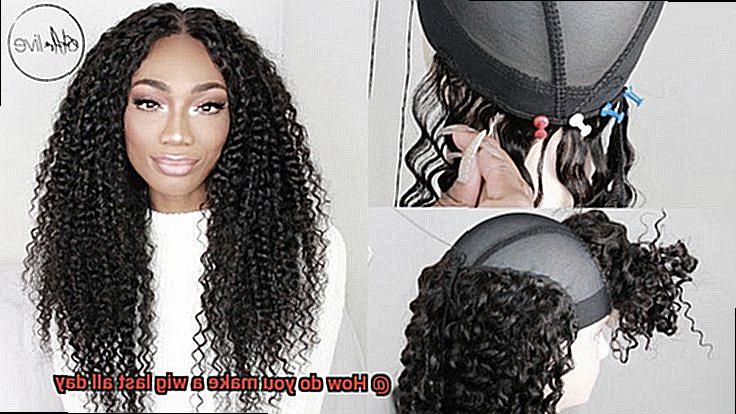
Wigs have become a trendsetting fashion statement, offering individuals the freedom to transform their appearance without permanent alterations to their natural hair. Whether you want to experiment with different looks or address hair loss concerns, wigs provide unparalleled versatility and convenience.
In this comprehensive guide, we will delve into the enchanting world of wigs, exploring their diverse types, construction methods, practical uses, and essential maintenance tips.
Types of Wigs:
Wigs can be broadly classified into two main categories: human hair wigs and synthetic wigs. Human hair wigs are crafted from genuine strands, delivering a remarkably natural appearance and allowing for limitless styling possibilities.
On the other hand, synthetic wigs are ingeniously engineered using synthetic fibers, offering an extensive array of styles and vibrant colors at a more affordable price point.
Construction Methods:
When it comes to construction, wigs can be categorized as full-cap or partial-cap. Full-cap wigs elegantly envelop the entire head and are commonly favored by individuals experiencing complete hair loss.
On the other hand, partial-cap wigs artfully cover specific areas of the head, providing an ideal solution for those seeking to add volume or length to their existing hair.
Securing the Wig:
To ensure a secure and comfortable fit, wigs can be fastened using adjustable straps, hooks, adhesive tapes, or wig glues.
Additionally, wearing a soft wig cap underneath not only enhances comfort but also acts as a protective barrier between your scalp and the wig, preventing any potential irritation.
Maintenance Tips:
Proper care is paramount in preserving the longevity and quality of your wig. Regular washing with specialized wig shampoos and conditioners is essential for maintaining its lustrous allure.
When it comes to combing or brushing your wig, opt for gentle strokes using wide-toothed combs or specialized brushes to prevent any damage. Furthermore, shielding your wig from excessive heat and sunlight will ensure its vibrant appearance remains intact.
Securing the Wig
Whether you’re a seasoned wig wearer or just starting out, one thing is certain – you want your wig to stay securely in place.
In this comprehensive guide, we will explore the best methods to ensure your wig remains perfectly positioned throughout the day. Get ready to rock your new style with confidence.
Wig Clips:
One of the most effective tools for wig security is wig clips. These tiny combs can be sewn onto the inside of the wig cap and attached to your natural hair. By providing additional support, they prevent any unwanted movement or slippage.
Wig Tape or Adhesive:
When seeking extra hold, wig tape or adhesive is your go-to solution. Apply a thin strip of wig tape along the hairline or use wig adhesive to create a strong bond between the wig and your scalp. This method guarantees that your wig stays put, even during activities involving intense movement.
Bobby Pins:
Good old bobby pins are a tried-and-true method for securing wigs. Strategically place them around the perimeter of the wig, ensuring they go through both the wig cap and your own hair. This provides added stability and keeps your wig firmly in place.
Wig Grip or Band:
For those who prefer a non-slip alternative, consider using a wig grip or band. These stretchy headbands can be worn underneath the wig and provide a secure base for it to rest on. Bid farewell to slipping wigs.
Opt for a Snug Fit:
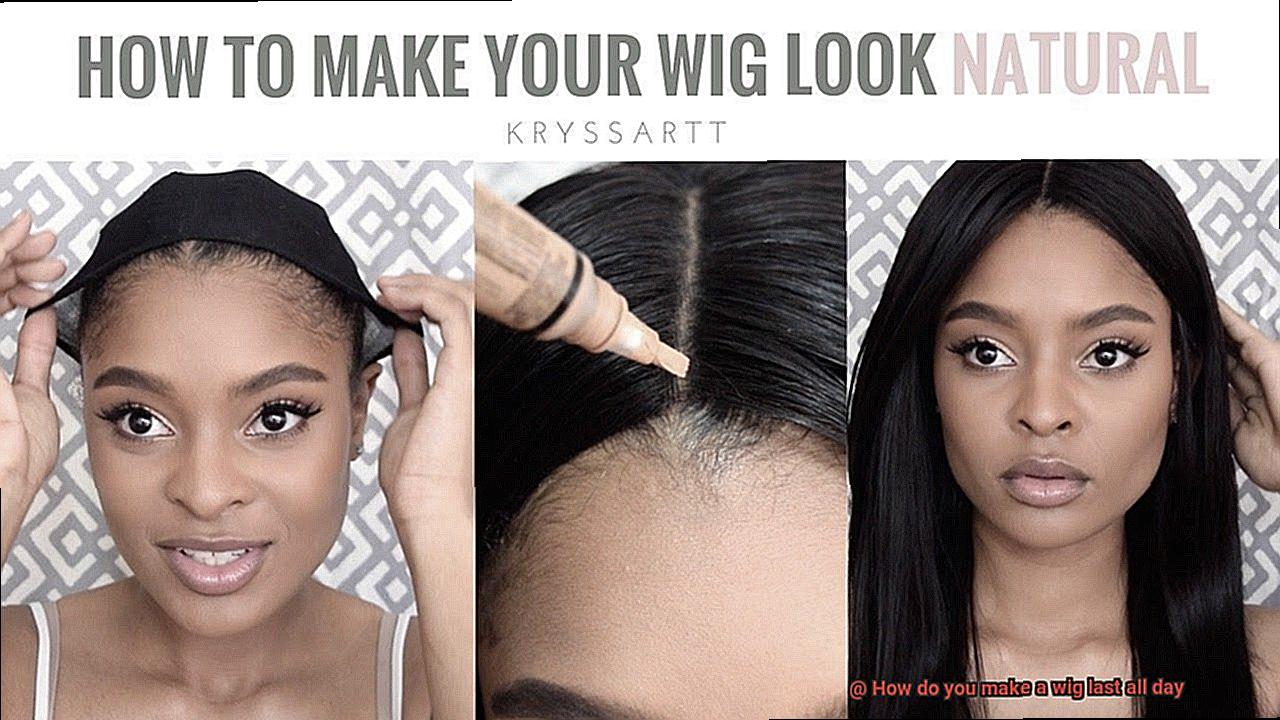
When selecting a wig, prioritize a snug fit that hugs your head comfortably. A tighter fit ensures that the wig won’t shift or slide around throughout the day, offering peace of mind and longevity.
Tie Your Natural Hair:
If you have longer hair, tie it back and secure it underneath a wig cap before putting on the wig. This not only creates a flatter surface for the wig to rest on but also minimizes any bulkiness that may cause it to loosen or slip.
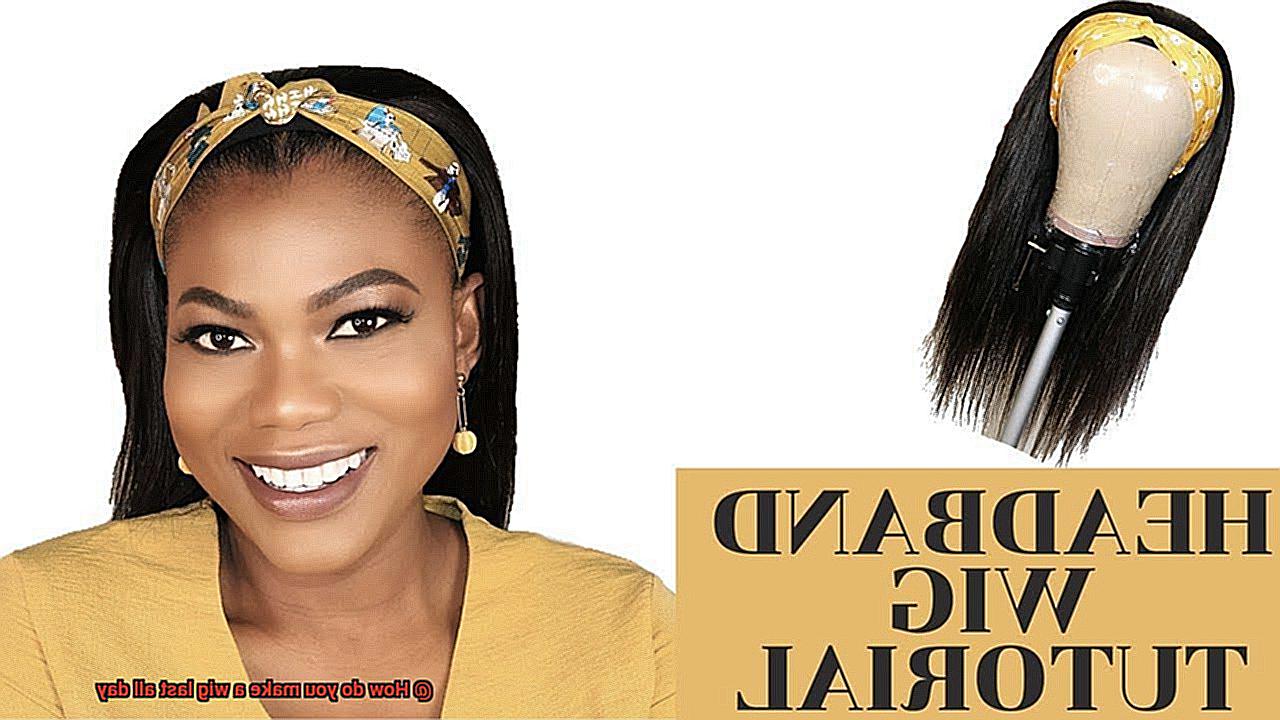
Use Styling Products:
To enhance the security of your wig, consider using styling products such as hairspray or gel. These products help create texture and hold within the wig, reducing movement. However, exercise caution not to apply an excessive amount, as it may weigh down the wig or lead to build-up over time.
Using Adhesives to Secure the Wig
Using adhesives to secure a wig is a game-changer when it comes to achieving a flawless and worry-free look that lasts all day long. Whether you’re tired of constantly adjusting your wig or simply want to ensure it stays in place, this comprehensive guide will explore the best practices for using adhesives to secure your wig.
First and foremost, let’s dive into the different types of adhesives available for wig application. From strong and long-lasting wig glue to quick and easy wig tape, there are options to suit every preference. Adhesive sprays offer a lightweight and flexible hold, ensuring your wig stays in place without feeling heavy or stiff.
Before applying any adhesive, it’s crucial to prepare the area where the wig will be attached. This means cleaning away any oils or dirt that may interfere with adhesion. A gentle cleanser or alcohol-based solution works wonders in achieving a clean and pristine surface.
Once the area is clean, it’s highly recommended to apply a thin layer of scalp protector or wear a wig cap. Not only does this protect your skin from potential irritation caused by the adhesive, but it also creates a barrier between your natural hair and the wig, ensuring a seamless and comfortable fit.
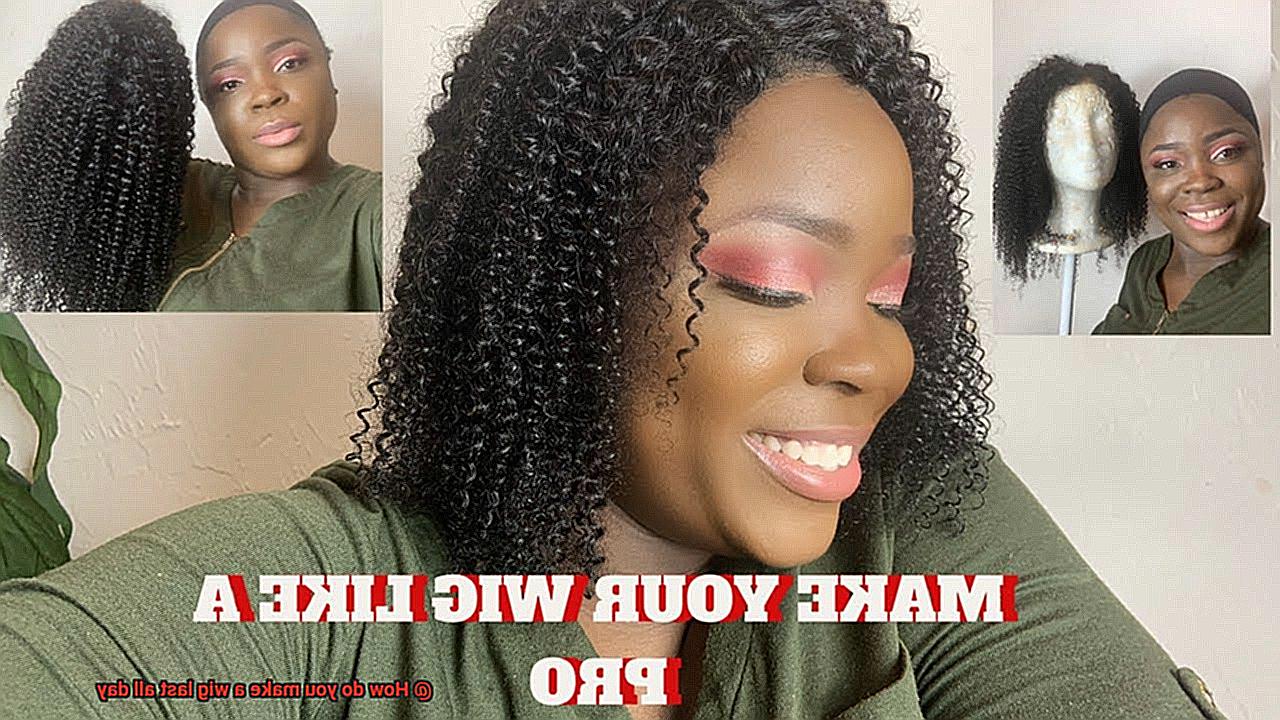
Now it’s time to apply the adhesive. Using a small brush or applicator, spread a thin layer of glue along the hairline or wherever you want the wig to adhere. Take your time and ensure it’s spread evenly for a secure hold.
Allow the glue to partially dry before attaching the wig. This step is essential as it allows for better adhesion and prevents any unwanted slipping or movement throughout the day. Wait until the glue becomes tacky to the touch before carefully placing the wig on your head and pressing it firmly into place.
Smooth out any air bubbles or wrinkles in the wig cap for a seamless look that mimics natural hair growth. Pay attention to detail and take your time with this step to ensure a secure and natural-looking fit.
If you prefer not to use glue, wig tape is a quick and easy alternative that provides a secure hold without the need for drying time. Adhesive sprays offer a lightweight and flexible hold, giving you the freedom to move while still ensuring your wig stays in place throughout the day.
When it comes time to remove the adhesive, it’s important to follow the manufacturer’s instructions and guidelines. Using a designated adhesive remover or solvent will help dissolve and loosen the adhesive, allowing for easy and gentle removal without causing any damage to your wig or natural hair.
To maintain the longevity of the adhesive hold, it’s essential to clean and care for both the wig and your scalp regularly. Remove any excess adhesive residue, wash the wig with a mild shampoo and conditioner, and moisturize your scalp to keep it healthy.
Using a Wig Grip to Secure the Wig
This incredible accessory is specifically designed to keep your wig securely in place, so you can strut your stuff with confidence and peace of mind.
So, what exactly is a wig grip? It’s a game-changing accessory made from soft and stretchy materials like velvet or silicone. Picture it as a headband that fits snugly around your hairline, acting as a protective barrier between your scalp and the wig cap. Not only does it provide a comfortable grip, but it also evenly distributes the weight of the wig across your head, relieving strain on specific areas.
Using a wig grip is simple. Just position it on your head, making sure it covers the area where the wig will be placed and sits securely around your hairline. Adjustable straps or Velcro closures are available on some grips for a customized fit. Once the grip is in place, gently pull it forward to create tension and hold it firmly in position.
Now comes the fun part – putting on your wig. Carefully place the wig over the grip, aligning it with your natural hairline. Adjust any straps or hooks to secure it in place. And voila. The magic of the wig grip will keep your wig securely fastened throughout the day.
One of the best things about using a wig grip is that you don’t need to rely on glue or adhesive tapes. This feature is especially beneficial for individuals with sensitive scalps or those who prefer not to use adhesives. However, if you feel more comfortable using glue, you can still apply it to the perimeter of the wig cap before placing it over the grip.
Wig grips are suitable for all types of wigs, whether they’re synthetic or made from human hair. Plus, they come in various colors to match your skin tone or hair color, ensuring a seamless and natural look.
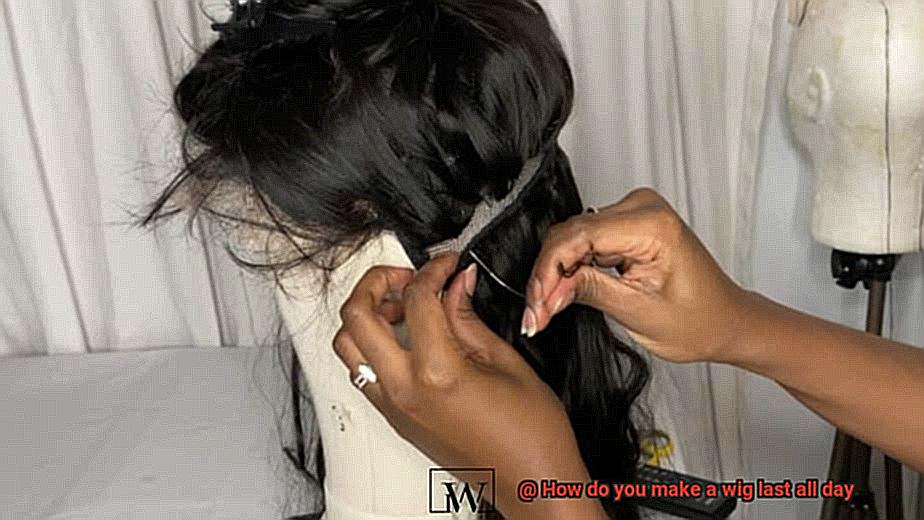
To keep your wig grip in top-notch condition, be sure to clean it regularly. Most grips can be hand-washed with mild soap and water, then left to air dry.
Maintaining Proper Care and Upkeep of the Wig
In this comprehensive guide, we will explore the importance of maintaining proper care and upkeep for your wig, without the need for any glue. Whether you’re a novice or a seasoned wig wearer, read on to discover valuable tips for keeping your wig looking flawless all day long.
Storage: The Foundation of Wig Care
- Invest in a wig stand or mannequin head to maintain its shape when not in use.
- Keep your wig away from direct sunlight and excessive heat, as they can damage the delicate hair fibers.
- Choose a cool, dry place to store your wig to preserve its longevity.
Brushing and Combing: Tame the Tangles
- Regularly brush or comb your wig to prevent tangles and maintain a neat appearance.
- Use a wide-toothed comb or a brush specifically designed for wigs to minimize damage.
- Treat your wig with care, and it will reward you with lasting beauty.
Washing: The Secret to Freshness
- Clean your wig regularly using mild shampoo and conditioner formulated explicitly for wigs.
- Avoid harsh chemicals and hot water, as they can compromise the integrity of the hair fibers.
- Gently towel-dry your wig by patting it with a soft towel; never wring or twist it.
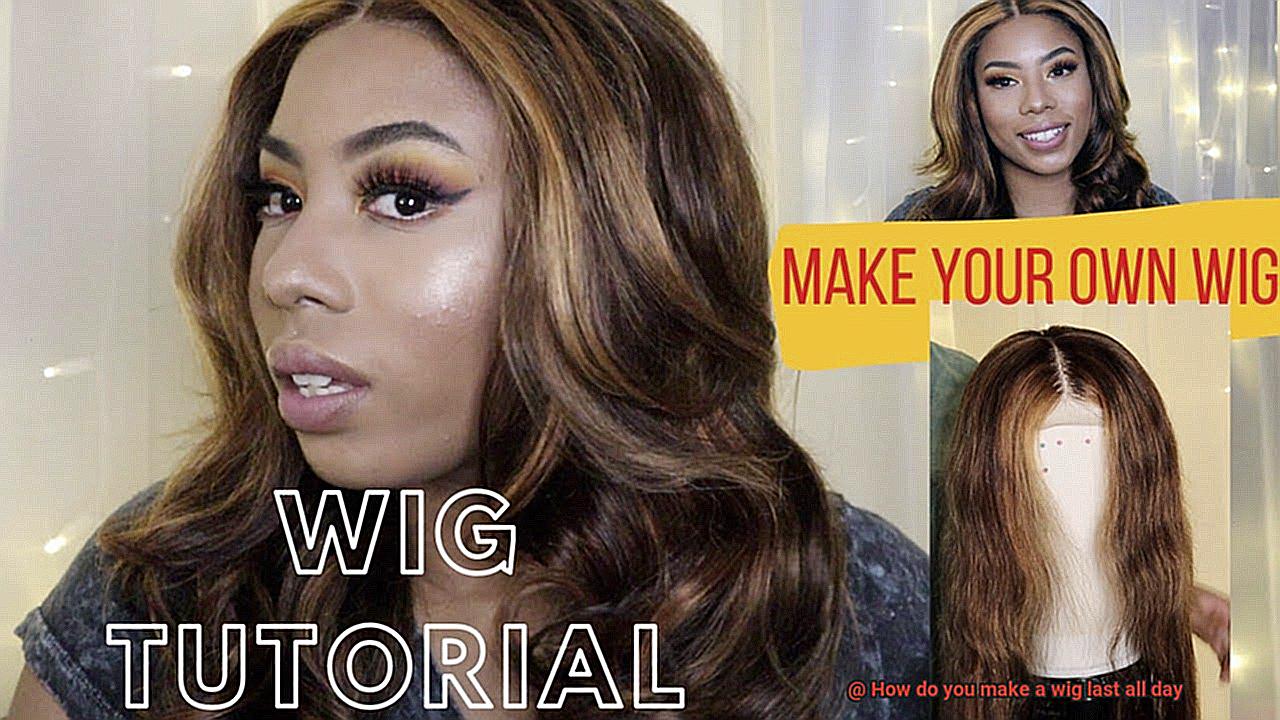
Styling: Unleash Your Creativity
- Use heat styling tools designed for wigs to avoid damaging synthetic fibers.
- Remember that less is more when it comes to styling; excessive heat can cause irreparable harm.
- Embrace your wig’s natural beauty or experiment with gentle styling techniques.
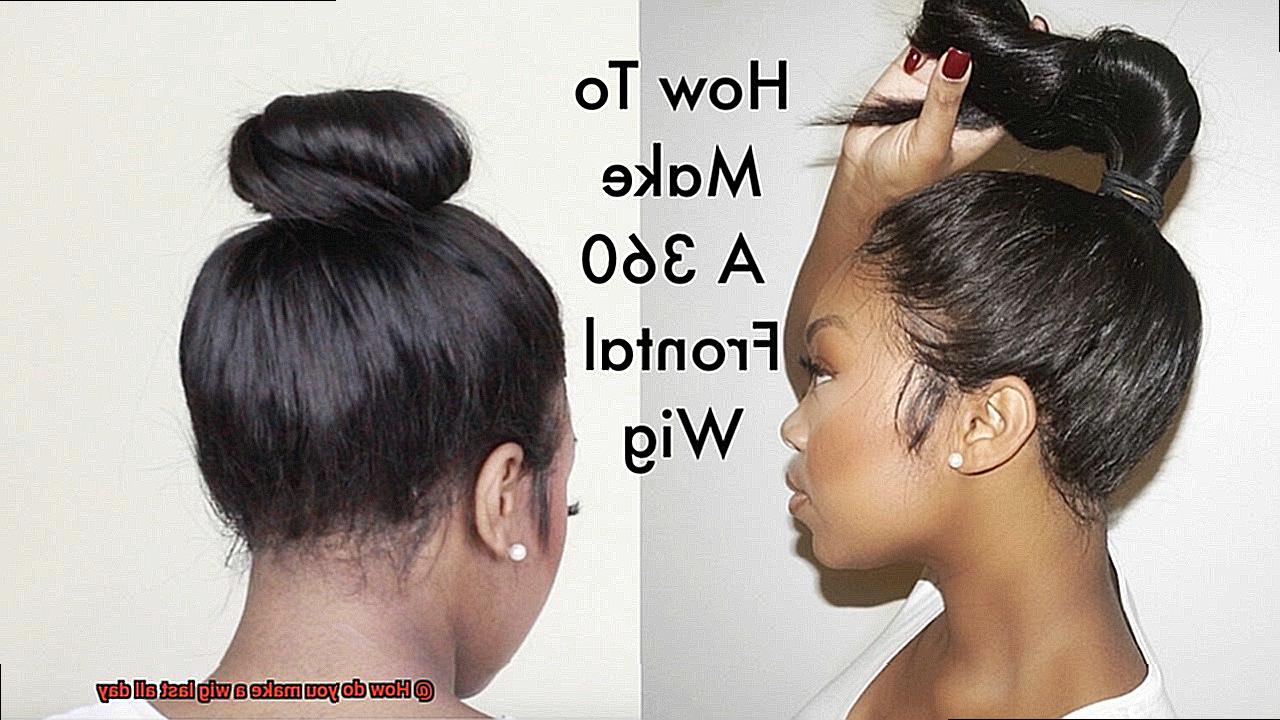
Protection and Maintenance: Nurturing Your Wig
- Shield your wig from dust and dirt by covering it with a breathable fabric like a wig cap or hairnet.
- Regularly trim split ends and frayed hairs to keep your wig looking fresh and prevent further damage.
- Treat your wig like a cherished possession, and it will reward you with endless confidence.
Sweet Dreams without Your Wig: A Nighttime Ritual
- Avoid sleeping with your wig on to prevent tangling and matting.
- Remove your wig before bedtime and store it properly, ensuring its longevity for years to come.
Avoiding Excessive Friction on the Wig
Wigs are more than just a fashion accessory – they’re an investment in your style and confidence. To ensure your wig maintains its beauty and longevity, it’s crucial to minimize friction. Excessive rubbing or tugging can damage the delicate hair fibers, leading to a shorter lifespan. In this comprehensive guide, we will explore various techniques and tips to help you avoid excessive friction on your wig, allowing you to enjoy it for years to come.
The Power of a Wig Cap:
To create a protective barrier between your scalp and the wig, wear a wig cap. Opt for caps made from smooth and breathable materials like nylon or spandex. This simple step minimizes tangles, matting, and friction, ensuring maximum comfort.
Gentle Handling:
Treat your wig with care when putting it on or taking it off. Avoid pulling or yanking on the hair. Instead, hold the wig by its base or utilize adjustable straps and clips to secure it in place. By handling your wig gently, you can prevent unnecessary friction and potential damage.
Hands Off.
Resist the urge to constantly touch or adjust your wig throughout the day. Excessive handling can increase friction and cause damage to the hair fibers. Minimize contact to protect the integrity of the wig’s fibers and maintain its longevity.
Brushing and Styling Techniques:
Choose a wide-toothed comb or a brush specifically designed for wigs when styling your wig. Start at the ends of the hair and work your way up to avoid unnecessary pulling or tugging. Consider using a wig-friendly detangling spray or conditioner to maintain softness and manageability without causing friction-induced damage.
Sleep in Silk:
Swap out your cotton pillowcase for silk or satin when sleeping with a wig on. These smooth materials reduce friction, protecting the wig’s hair fibers while you rest and preventing unnecessary wear and tear.
Proper Storage Practices:
When the wig is not in use, store it on a wig stand or in a breathable bag away from direct sunlight or heat sources. This prevents excessive friction and rubbing against other objects, maintaining the wig’s shape and prolonging its lifespan.
Regular Maintenance and Care:
Follow the manufacturer’s instructions for regular washing and conditioning of your wig. This routine maintenance minimizes friction and keeps your wig looking its best. A well-maintained wig will reward you with longevity.
Avoid Friction-Inducing Activities:
Minimize activities that cause excessive rubbing or friction, such as intense physical activities, exposure to harsh weather conditions, or excessive sweating when wearing a wig. By avoiding these situations, you can reduce the risk of damage due to friction.
Protecting the Wig from Environmental Factors
Wigs are a fabulous way to enhance your style and boost your confidence. However, they are not immune to the damaging effects of environmental factors such as sunlight, humidity, wind, dust, and chemicals. In this comprehensive guide, we will explore various methods to shield your wig from these elements and ensure it stays gorgeous for longer.
Shielding from Sunlight:
The sun’s rays can fade and damage wig fibers over time. To protect your wig, consider these steps:
- Embrace stylish hats or scarves that cover your head when you’re out in the sun.
- Apply a specialized protective spray with UV filters designed specifically for wigs.
- Avoid leaving your wig in direct sunlight for extended periods.
Battling Humidity:
Excessive humidity can lead to frizz and tangling. Here’s what you can do:
- Store your wig in a cool and dry place when not in use to minimize moisture exposure.
- Invest in a dehumidifier for the storage area to regulate humidity levels effectively.
- Consider using anti-frizz products or sprays specially formulated for wigs.
Taming the Wind:
Wind can easily wreak havoc on your wig’s style. Follow these tips to keep it in place:
- Secure your wig with clips or bobby pins, ensuring it stays put even on breezy days.
- Opt for low ponytails or braids to minimize tangling and maintain control.
- Carry a small portable brush to effortlessly tame your wig on windy days.
Defending Against Dust and Dirt:
Regular maintenance is crucial to keep your wig clean and free from debris:
- Brush your wig regularly with a wide-toothed comb or a specialized wig brush, removing any loose particles.
- Cover your wig with a scarf or hairnet when outdoors to minimize exposure to dust and dirt.
Avoiding Harsh Chemicals:
Chemicals like chlorine and saltwater can be detrimental to wig fibers. Protect your wig by:
- Wearing a swim cap or investing in a chlorine-resistant wig when swimming.
- Rinsing your wig thoroughly after exposure to chemicals to remove any residue.
- Using wig-friendly shampoos and conditioners to maintain its integrity.
dB5A9YzY4AI” >
Conclusion
In conclusion, making your wig last all day requires a combination of secure techniques, adhesive aids, and regular care. To keep your wig in place throughout the day, consider using wig clips, adhesive tapes or glues, bobby pins, or wig grips for added support. Ensure a snug fit and tie back any natural hair to create a smooth surface for the wig.
Adhesives like wig glue or tape offer a secure hold without constant readjustment. Opt for adhesive sprays that provide flexibility and lightweight hold. Before applying adhesives, clean the area and use scalp protectors or a wig cap for added comfort.
Proper care and maintenance are vital for preserving your wig’s longevity. Store it on a stand or mannequin head away from direct sunlight and excessive heat. Regularly wash with specialized shampoos and conditioners, gently brush with wide-toothed combs or specialized brushes, and shield from excessive heat and sunlight to maintain its quality.
To minimize friction on the wig, wear a smooth and breathable wig cap as a protective barrier between your scalp and the wig. Handle it gently when putting on or taking off, minimize contact throughout the day, use appropriate styling tools, sleep with silk pillowcases, practice proper storage techniques, and regularly maintain and care for your wig to reduce friction-induced damage.
Shielding your wigs from environmental factors is crucial. Wear hats or scarves in sunlight, store them in cool dry places when not in use (consider investing in dehumidifiers), secure them with clips or pins in windy conditions, cover them with scarves or hairnets to minimize exposure to dust and dirt, and use wig-friendly products when swimming or exposed to harsh chemicals.

